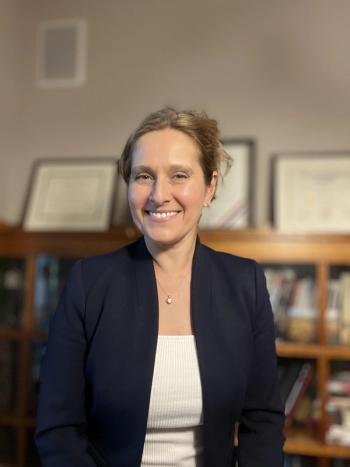
EHRs could help identify undiagnosed Type 2 diabetes
Electronic health records could be an untapped resource for helping to identify patients with undiagnosed type 2 diabetes.
A new study has shown it may be possible to identify patients who will develop type 2 diabetes using data that already exists within a practice’s electronic health record (EHR) system. In fact, a study published recently in the Journal of Biomedical Informatics showed that a statistical model was able to identify patients at risk for developing type 2 diabetes even when missing certain key data.
“The residual information in EHRs can help to identify type 2 diabetes even after accounting for the predictive power of the ‘usual suspects’ such as age, BMI, hypertension, and smoking,” lead author Ariana E. Anderson, PhD, assistant research statistician in the department of psychiatry and biobehavioral sciences at the University of California, Los Angeles, told Medical Economics.
Anderson said about one-fourth of people with diabetes are undiagnosed. Mining EHRs to identify patients who need further laboratory screening might allow clinicians to catch the disease before complications occur.
“The EHR data is already collected routinely,” Anderson said. “Implementing EHR screening would aggregate information that is already available, possibly to save insurers’ and clinicians’ time and money.”
Anderson and colleagues conducted a retrospective study using EHR data from 9,948 patients. With this data they developed a pre-screening tool that could predict current type 2 diabetes. They compared information taken from a full EHR model with common medications, diagnoses and conventional predictors, a restricted EHR model that excluded medications, and a convention model that contained only basic predictors such as BMI, age, sex, smoking status and hypertension.
“The EHRs we used were ‘typical quality.’ Extensive history on patients was not available - the database only covered three years of records,” Anderson explained.
According to Anderson, “typical quality” means that these records were not gathered for research purposes, and the researchers did not exclude any records that had inconsistent information. The researchers wanted to see if these algorithms could predict well in practice because a clinician (or
anyone else) could not be expected to go through a patient's medical record and fill in missing values to make the algorithm work. In fact, she said, many values were obviously missing. For example, even though 18% of the sample had type 2 diabetes, only 1% of all the participants had a recorded family history of diabetes.
“This posed a ‘worst case’ scenario for prediction,” said Anderson. “Given missing, unsystematic and incomplete information from a patient’s medical history, could residual information still augment current diabetes risk scores in a way that improves the accuracy and efficiency of type 2 diabetes screening in the general population?”
The models showed that using either a patient’s full or restricted EHR was superior to using just the basic predictor alone for identifying patients with type 2 diabetes. The area under the curve value for each model was 81.3% for the full EHR, 79.6% for the restricted EHR, and 74.8% for the conventional model.
The researchers found many of the traditional predictors of diabetes, such as high cholesterol and hypertension, were associated with a type 2 diabetes diagnosis. However, use of the full EHR also showed that sexual and gender identity disorders, allergic rhinitis, use of depot medroxyprogesterone contraceptives, and herpes zoster had significant positive associations with a type 2 diabetes diagnosis.
According to Anderson, any physician's office could do this. In the future, she and her colleagues envision these algorithms automatically implemented within existing EHR databases, where a risk score is automatically computed for physician interpretation.
“Clinician time is much more valuable than computer time,” Anderson said. “Automatically pre-screening for chronic disease using information already in the EHR would use a clinician's time more
efficiently without imposing any additional workload on them.”
Anderson said that she anticipated the largest adopter of EHR phenotype models will be public and private insurers, with risk scores created using existing claims databases.
“Treating the disease itself is likely to be less expensive than treating both the disease and the
complications that arise from undiagnosed disease,” Anderson said.
“Moreover, we anticipate that future models will use EHRs to screen not just for common diseases, but also less common diseases. The same mathematical foundation used to identify diabetes here could be used to identify possible cases of lupus or Crohn's disease. This reflects a data-driven approach to identifying risk for insurers,” she said.
Newsletter
Stay informed and empowered with Medical Economics enewsletter, delivering expert insights, financial strategies, practice management tips and technology trends — tailored for today’s physicians.















